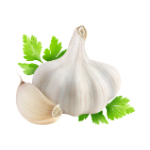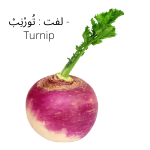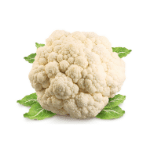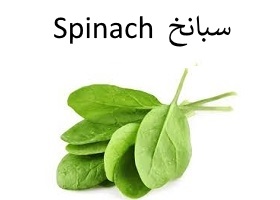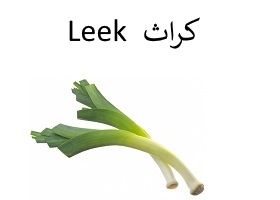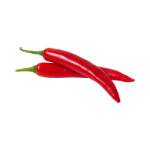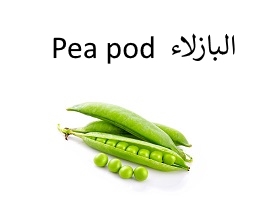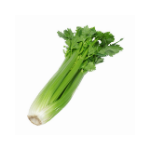Prepositions “On,” “At,” and “In”
Prepositions On At In
Prepositions “On,” “At,” and “In”
- to the office
- at the desk
- on the table
- in an hour
- about myself
A preposition is used to show direction, location, or time, or to introduce an object.
Here are a few common prepositions and examples.
On
Used to express a surface of something:
- I put an egg on the kitchen table.
- The paper is on my desk.
Used to specify days and dates:
- The garbage truck comes on Wednesdays.
- I was born on the 14th day of June in 1988.
Used to indicate a device or machine, such as a phone or computer:
- He is on the phone right now.
- She has been on the computer since this morning.
- My favorite movie will be on TV tonight.
Used to indicate a part of the body:
- The stick hit me on my shoulder.
- He kissed me on my cheek.
- I wear a ring on my finger.
Used to indicate the state of something:
- Everything in this store is on sale.
- The building is on fire.
At
Used to point out specific time:
- I will meet you at 12 p.m.
- The bus will stop here at 5:45 p.m.
Used to indicate a place:
- There is a party at the club house.
- There were hundreds of people at the park.
- We saw a baseball game at the stadium.
Used to indicate an email address:
- Please email me at abc@defg.com.
Used to indicate an activity:
- He laughed at my acting.
- I am good at drawing a portrait.
In
Used for unspecific times during a day, month, season, year:
- She always reads newspapers in the morning.
- In the summer, we have a rainy season for three weeks.
- The new semester will start in March.
Used to indicate a location or place:
- She looked me directly in the eyes.
- I am currently staying in a hotel.
- My hometown is Los Angeles, which is in California.
Used to indicate a shape, color, or size:
- This painting is mostly in blue.
- The students stood in a circle.
- This jacket comes in four different sizes.
Used to express while doing something:
- In preparing for the final report, we revised the tone three times.
- A catch phrase needs to be impressive in marketing a product.
Used to indicate a belief, opinion, interest, or feeling:
- I believe in the next life.
- We are not interested in gambling.
[Quiz 22.1] Prepositions On At In
Identify all prepositions in the following sentences.
After flying for many hours, we finally got off the airplane. We walked out the exit and went to the baggage claim area. There were hundreds of different bags on the conveyer belt. I almost picked up the wrong one because it looked like mine.
[Quiz 22.2]
Choose a correct preposition in the sentence.
1)I want to lose 5 kilogram (on, at, in) one month.
2)Could you get me this pants (on, at, in) a larger size?
3)She seems to be interested (on, at, in) Psychology.
4)I will come to pick you up (on, at, in) 2 pm tomorrow.
5)This class will be held (on, at, in) Mondays.
After flying for many hours, we finally got off the airplane. We walked out the exit and went to the baggage claim area. There were hundreds of different bags on the conveyer belt. I almost picked up the wrong one because it looked like mine.[22.2]
1) in
2) in
3) in
4) at
5) on







